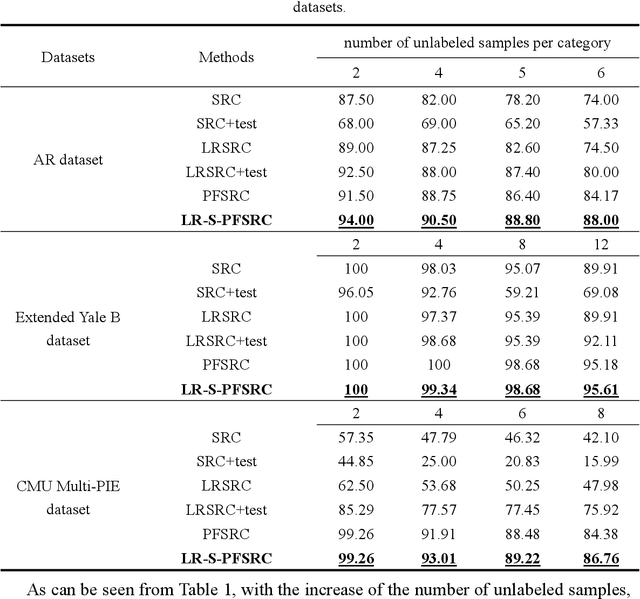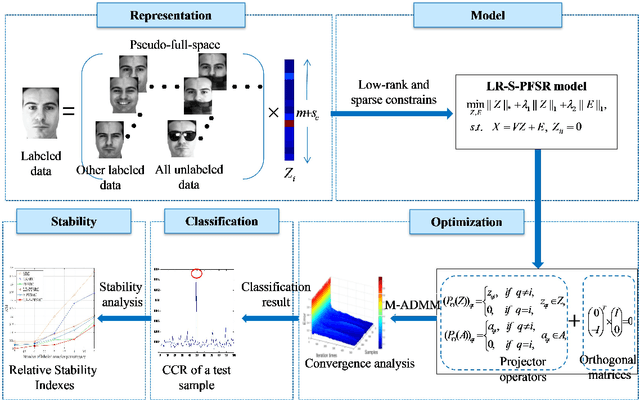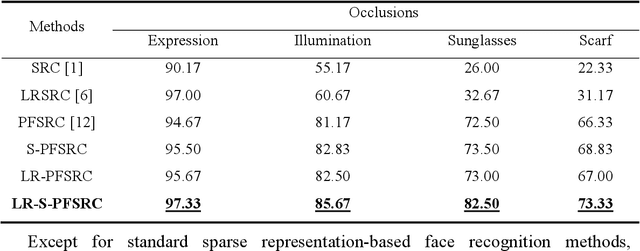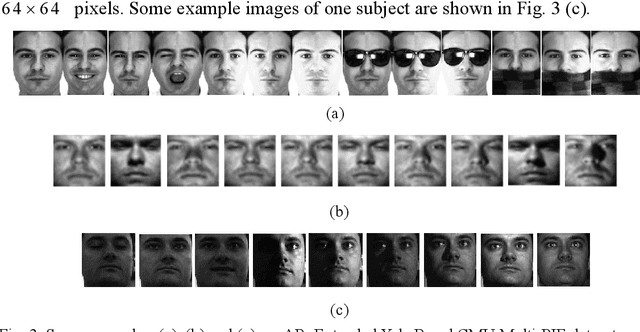Huan Wu
Compressed domain vibration detection and classification for distributed acoustic sensing
Dec 27, 2022



Abstract:Distributed acoustic sensing (DAS) is a novel enabling technology that can turn existing fibre optic networks to distributed acoustic sensors. However, it faces the challenges of transmitting, storing, and processing massive streams of data which are orders of magnitude larger than that collected from point sensors. The gap between intensive data generated by DAS and modern computing system with limited reading/writing speed and storage capacity imposes restrictions on many applications. Compressive sensing (CS) is a revolutionary signal acquisition method that allows a signal to be acquired and reconstructed with significantly fewer samples than that required by Nyquist-Shannon theorem. Though the data size is greatly reduced in the sampling stage, the reconstruction of the compressed data is however time and computation consuming. To address this challenge, we propose to map the feature extractor from Nyquist-domain to compressed-domain and therefore vibration detection and classification can be directly implemented in compressed-domain. The measured results show that our framework can be used to reduce the transmitted data size by 70% while achieves 99.4% true positive rate (TPR) and 0.04% false positive rate (TPR) along 5 km sensing fibre and 95.05% classification accuracy on a 5-class classification task.
Stable and Compact Face Recognition via Unlabeled Data Driven Sparse Representation-Based Classification
Nov 04, 2021



Abstract:Sparse representation-based classification (SRC) has attracted much attention by casting the recognition problem as simple linear regression problem. SRC methods, however, still is limited to enough labeled samples per category, insufficient use of unlabeled samples, and instability of representation. For tackling these problems, an unlabeled data driven inverse projection pseudo-full-space representation-based classification model is proposed with low-rank sparse constraints. The proposed model aims to mine the hidden semantic information and intrinsic structure information of all available data, which is suitable for few labeled samples and proportion imbalance between labeled samples and unlabeled samples problems in frontal face recognition. The mixed Gauss-Seidel and Jacobian ADMM algorithm is introduced to solve the model. The convergence, representation capability and stability of the model are analyzed. Experiments on three public datasets show that the proposed LR-S-PFSRC model achieves stable results, especially for proportion imbalance of samples.
 Add to Chrome
Add to Chrome Add to Firefox
Add to Firefox Add to Edge
Add to Edge